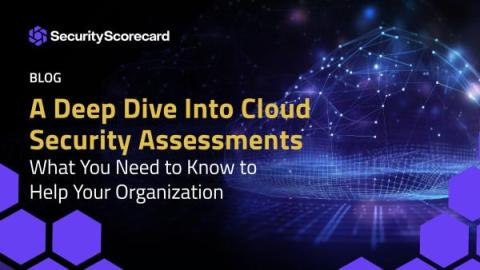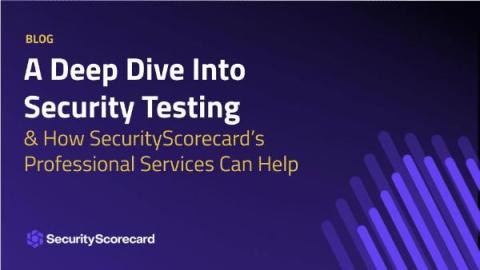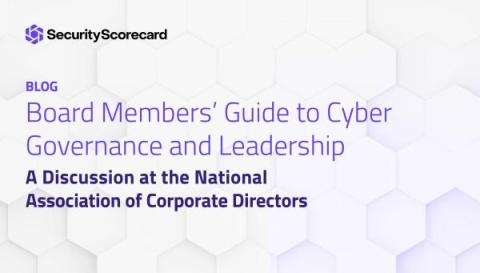Cyber Trust and Transparency
In cybersecurity, the terms “trust” and “transparency” are often mentioned. And while they should no doubt be a priority, they can also be difficult to quantify. Good CISOs recognize that transparency in cybersecurity isn’t a one-time effort. It’s a continuous process that involves a near-constant state of evolution. But with the right tools and systems in place, it’s possible to not only measure trust and transparency but improve them as well.











